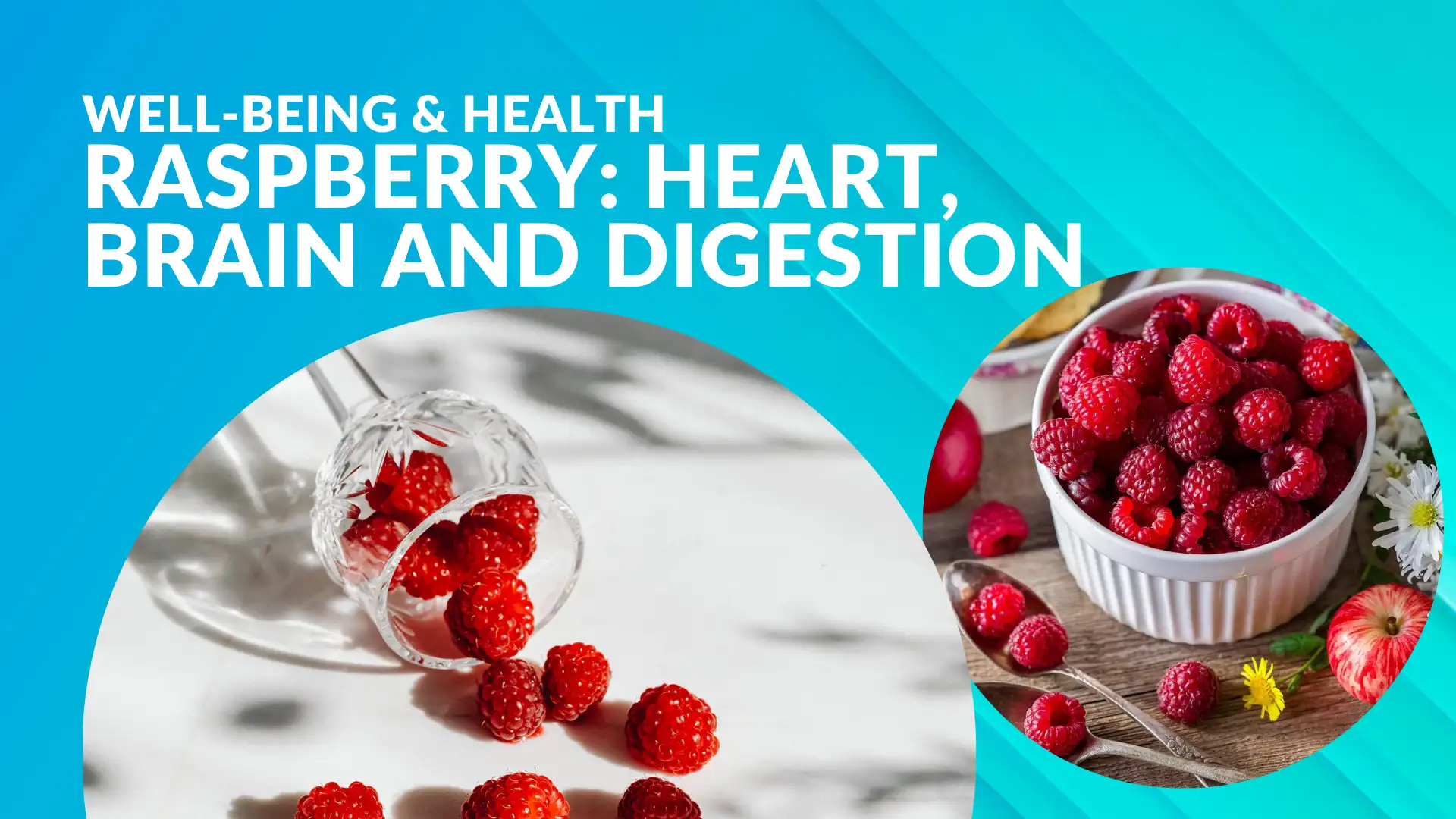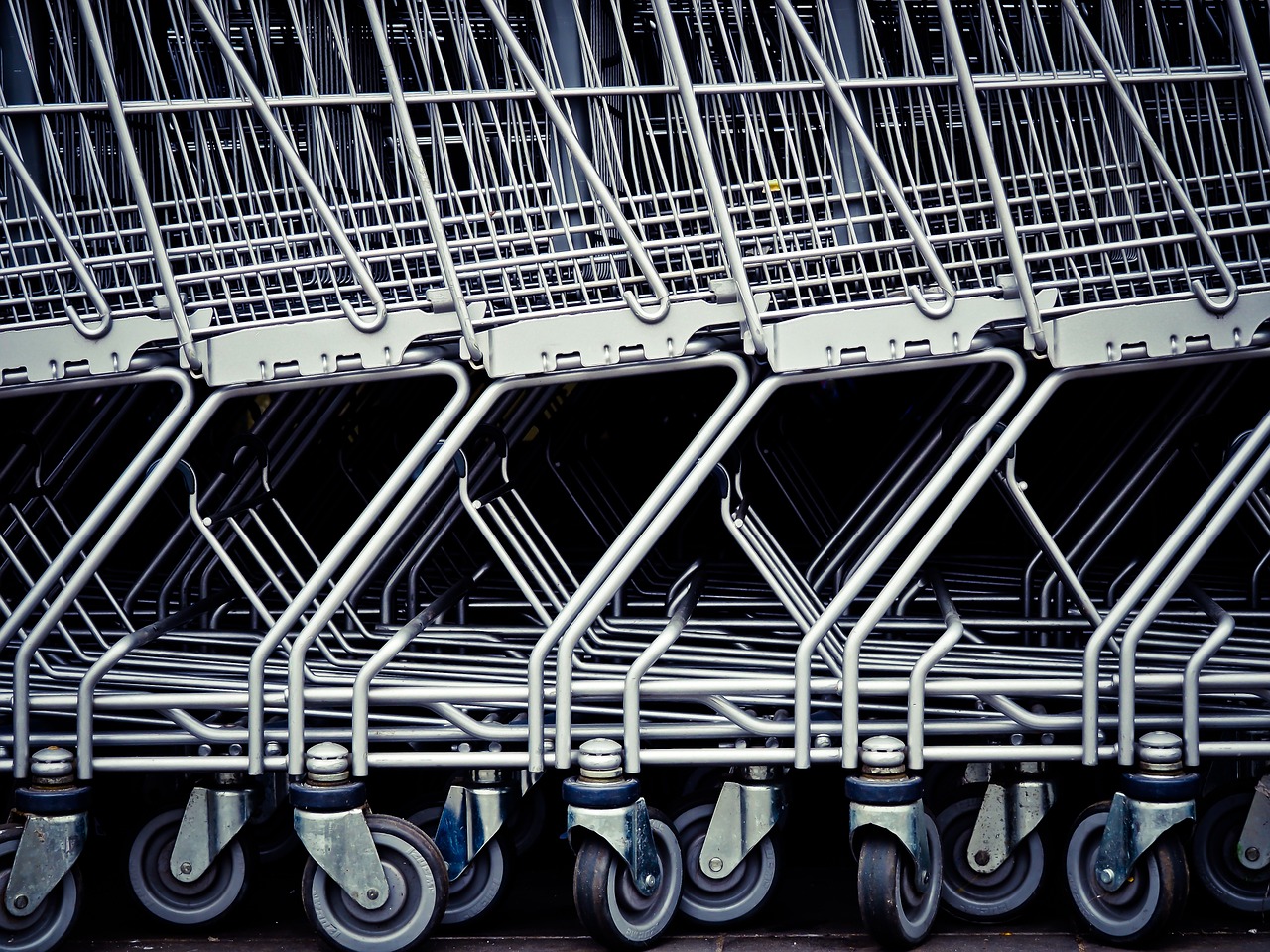Planning and implementing a raspberry plantation takes time and careful analysis. If you are not an experienced raspberry grower, you should seek the advice of a technician who can assist you at every stage. In this article we will be accompanied by Molari Berries & Breeding, which has developed a proprietary method of advice to guide new growers through the process of setting up their first raspberry plant. Today Jacopo Giuliani, Nursery Supervisor & Technical Assistant of the company, will tell us how to proceed in order to design and set up a state-of-the-art raspberry plant.
What is the first thing I need to do to establish my raspberry planting?
The first step is to analyse the soil to find out its physical (type of soil) and chemical (organic matter and nutrient content) characteristics. The raspberry plant does not tolerate predominantly clayey, compact soils with the risk of waterlogging, which can lead to problems with root asphyxia, diseases of the root system and stunted growth, Rather, it prefers permeable soils with good drainage, a sub-acidic pH (5.5-6.5), a good supply of organic matter (2%-4%), a low concentration of active lime (no more than 5-7%) and an electrical conductivity (EC) of 0.2-0.4 mS/cm.
If the soil does not meet these requirements, extensive agronomic measures are required, or an off-site cultivation is required.
Once the terrain has been analysed, what is the next step?
Like the soil, the water should also have ideal characteristics. The raspberry plant has a good tolerance to sodium (Na+) and chlorine (Cl-), the ideal concentration of which in the irrigation water should be about 1 mmol/l. A good irrigation water should also have a boron (B) concentration of less than 20 µmol/l and a bicarbonate (HCO3) concentration of less than 1 mmol/l. A good irrigation water should also have a boron (B) concentration of less than 20 µmol/l and a bicarbonate (HCO3-) concentration of 1.5 - 2 mmol/l for a better buffering effect on the pH.
What facilities are required for raspberry cultivation?
Raspberry plants need a support system, usually T- or V-shaped structures are made. T-shaped structures are made up of a central row of poles placed at a distance of at least 5-6m, then pairs of wires are stretched at various heights (e.g. 0.50m, 1.00m, 1.40m above the ground), during the cultivation process the plants are passed inside the pairs of wires which are then tied together to support the canes. To complete the structure it is necessary to attach horizontal supports of approximately 0.50m at different heights to the poles, from which lateral wires will be stretched to support the side branches of the plants.

In the case of the "V" structure, instead of a row of poles, the supporting structure will be made up of pairs of poles inclined at 15 - 18 degrees to the outside of the row respectively. In this case too, pairs of wires will be stretched centrally at various heights which, once tied together, will support the poles, while lateral wires will be stretched from the poles at various heights to support the lateral branches.

Raspberry cultivation can benefit from protective structures such as growing under glass tunnels to extend the ripening time and protect the plants from hail and mould-causing rainfall. Usually plastic sheeting is used with a thickness of 150µm - 200µm, which can produce a 55% diffuse light percentage and increase temperatures in the winter months. These tunnels should have a width of 7m - 8.5m, a ridge height of over 3m and a maximum length of 50m to ensure good natural ventilation and to accommodate 3 rows of crops.
The support structure can also be used to stretch a grey or black shade cloth with a shading percentage of 50% to 60% for periods of intense solar radiation to protect against sunburn damage.
What role does irrigation play in the design of a raspberry plantation?
When planning a raspberry planting, it is essential to also plan the irrigation. Our recommendation for good water management is to use a drip irrigation system with two pipes per row at a distance of 0.33m with 6 drippers per metre and a flow rate of 1.5 - 2.2 l/hour each for soils with higher water requirements. In the case of pot cultivation, one pipe per row can be used with two drip heads with a flow rate of 1.5 - 2.2 l/hour each per pot.


Other watering methods and techniques can be taken into consideration (e.g. overhead sprinkling with sprinklers at a height of 2 metres, micro-sprinkling with micro-sprinklers positioned 50 cm above the ground), the important thing is to meet the water needs of the plants in the best possible way according to the growing conditions, avoiding water stress.
If it is decided to fertilise the system by fertigation, it is usual to use four fertiliser tanks plus a tank with an acid or base to control the pH, all of which is added to the irrigation water via one or more pumps and the pH and electrical conductivity (EC) of the resulting nutrient solution can be monitored using special sensors.

What are the implantation phases?
When planting raspberries on the ground, weeds must first be eliminated, the soil must be ploughed or dug at 30-40cm to encourage water infiltration and root development, followed by additional work to refine the soil. The soil should be shaped (20-30cm high) to facilitate the drainage of excess water, especially in heavy soils, and mulched with black plastic film along the rows to prevent the problem of weeds. For soils with a low supply of organic matter, it is recommended to bury mature manure or compost at a concentration of 60 - 100 q/1000m2.
If the analysis shows that the soil is poor in fertilising elements, we recommend a mineral background fertilisation with potassium sulphate (25 kg per 1000m2) and mineral superphosphate (100 kg per 1000m2). If the pH of the soil is high, it is advisable to try to lower it with sulphur fertilisation (100 kg per 1000 m2).
What are the tips for growing above ground?
For cultivation above ground, 7 litre pots filled with a cultivation substrate of coconut fibre or peat moss (sphagnum moss) are generally preferred. The ideal pH should be between 5.8 and 6.2 and the electrical conductivity (EC) less than 1 mS/cm. Also for off-ground cultivation it is recommended to mulch with black plastic film underneath the pots to prevent the problem of weeds.
How many plants should be provided per hectare?
Regarding the planting density, if we consider for example the varieties patented by Molari Berries & Breeding, we suggest 3 plants per meter along the row with a distance between rows of at least 2 meters for a plant quantity of up to 12000 - 15000 plants/ha. Other varieties will have to be evaluated individually.
When is it time to plant?
Vivai Molari also offers different plant formats to meet the needs of farmers. Our nursery can supply fresh plants in alveolus with substrate panels having 3-4 leaves, ideal for planting in spring. This type of format is the one we usually recommend for large professional plants, as it meets the best requirements in terms of balancing quality and price of the plant. These plants can then be grown in the nursery in cells with larger holes for those who intend to plant in early autumn.
Lastly, it is possible to buy one-year-old canes that have been sheared, defoliated and have numerous lateral buds, which, after having satisfied their cold requirements in the field or in the cold store, are able to give their first uniform production in the year of planting.



What are the costs of establishing a raspberry plantation?
To simplify and make the analysis more understandable, we will make an overall estimate of the costs per hectare.
Costs vary depending on the type of plant to be built. First of all, the costs for soil and water analysis have to be considered. In the case of soil cultivation it is necessary to include the cost of working the soil, which can be estimated at around 300 €/ha. In case of nutrient deficiencies, basic fertilisation and pH lowering must be carried out (in the worst case scenario we can estimate about 1300 €). For the "T" support structure it is about €6500 per hectare.
If the planting would be done with 12000 Enrosadira in s84 the total cost would be about €10500 plus possible transport. If the decision is made to grow raspberries in a high-level protected structure, the cost of building the structure could be just over €150,000. If necessary, simpler structures could be envisaged, which would drastically reduce the costs.
Other relevant costs that can be considered include:
- Fertigation system, which depending on the specifics can vary considerably, but we can estimate, for a very good initial system, around € 12,000.
- If you choose to grow in pots, you have to eliminate the costs of soil cultivation and basic fertilisation, but you have to add the costs of the pots, estimated at around €3600, and of the substrate €4200.
What is the timeframe for implementation?
The timing also varies depending on many factors.
In the case of soil cultivation, if the planting is to be ready for spring, the soil must be worked in late summer when it is warm enough to take advantage of the beneficial effect of winter on the soil structure (i.e. about 8 months earlier).
In the case of soil cultivation in trenches it is not necessary to work the soil, as is the case with above-ground cultivation. In this case the timing depends on the structures to be built, which in turn are influenced by the manpower available.
This content has been developed with the technical support of:
















